Scotland has identified its first case of monkeypox as cases in the UK continue to rise – here’s everything you need to know.
The rare infection is largely spread by wild animals, such as rats and monkeys, in central and west Africa.
NHS bosses say close contacts of the monkeypox case are being identified and offered health advice. It’s understood they’re being recommended to self-isolate for 21 days to prevent spreading it further.
Monkeypox: Where does it come from?
It was first identified in animals in 1958 in crab-eating macaque monkeys being used as laboratory animals.
Twelve years later, the first human was diagnosed in the Democratic Republic of Congo.
Humans can be infected if they are bitten by an animal carrying it or happen to touch its blood, body fluids, spots, blisters or scabs.
It’s possible to get monkeypox by eating meat from an infected animal that hasn’t been fully cooked or by touching products from the animal such as its skin.
Symptoms of monkeypox
Those with monkeypox will often experience a rash which usually starts on the face before spreading to other areas of the body.
Occasionally, the rash is misdiagnosed as chickenpox because it can start off as spots before forming into small blisters filled with fluid.
Eventually, these blisters turn into scabs and fall off.
Other symptoms include a high temperature, headache, muscle ache, backache, swollen glands, shivering and exhaustion.
If you get infected with monkeypox, it can take between five and 21 days for these symptoms to appear.
Most people recover from the virus within a few weeks although it can develop into a serious condition in a small number of patients.
Is it contagious?
Monkeypox can be passed from person to person if you touch an infected individual’s clothing, bedding or towels – but it is not easily spread.

Touching the person’s skin blisters and scabs can also spread it.
Or you can catch it by breathing in the virus from someone’s sneeze or cough.
Additionally, you could catch monkeypox from contaminated meat that hasn’t been properly cooked.
Can it be avoided?
While monkeypox isn’t common, there are precautions people can take when travelling in west and central Africa:
- Washing your hands or using an alcohol-based hand sanitiser
- Only eating meat that has been cooked thoroughly
- Staying away from wild, stray, unwell or dead animals
- Avoiding sharing bedding, towels or clothes with someone you suspect has monkeypox or be in close proximity to them
Is Scotland at risk?
A first case of monkeypox has been confirmed in Scotland by Public Health Scotland.
Dr Nick Phin, director of public health science and medical director at PHS says they have “robust infection control procedures” to tackle such an infectious disease.
Read more:
Four more monkeypox cases identified in UK bringing total to seven
Scottish health officials liaise in contact tracing over monkeypox case
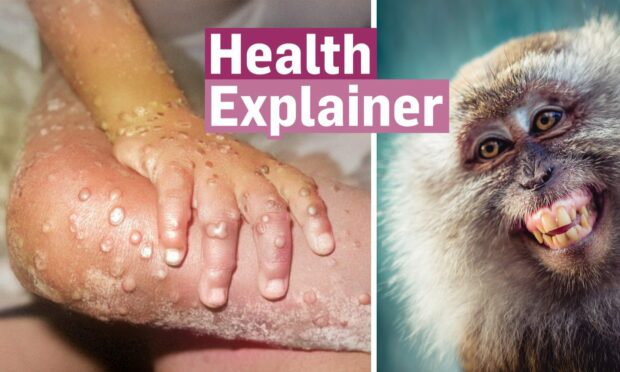
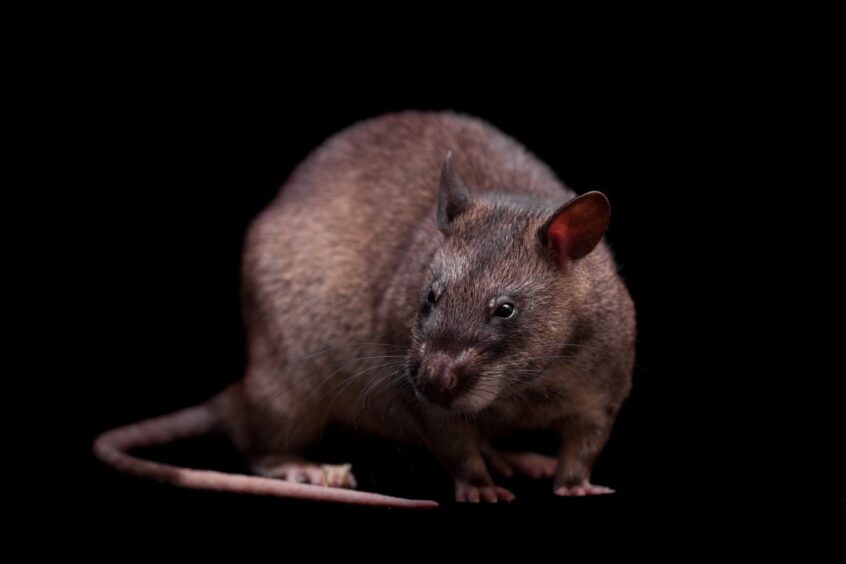
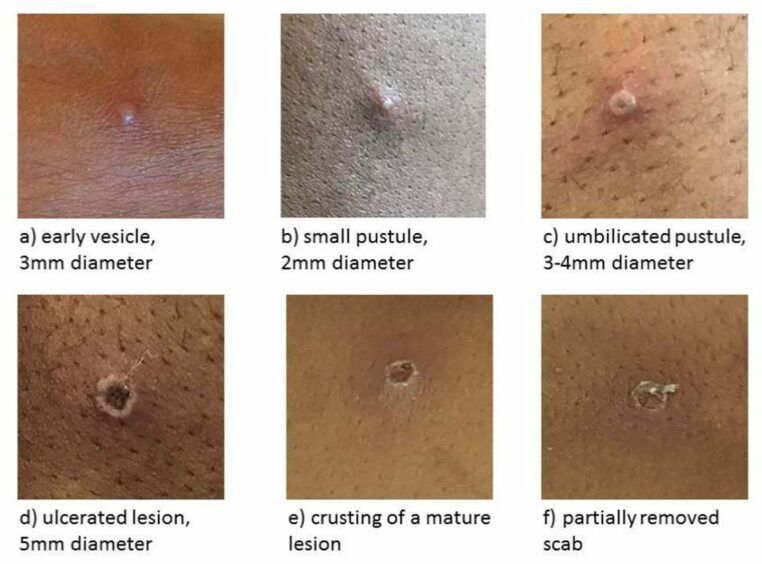


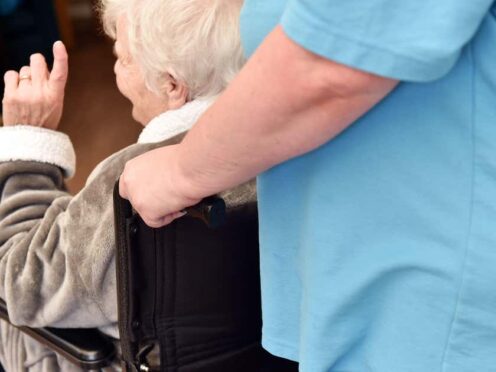
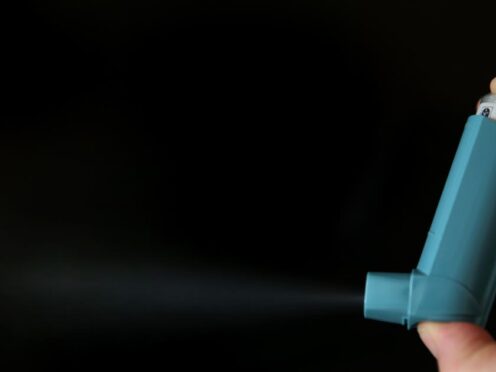

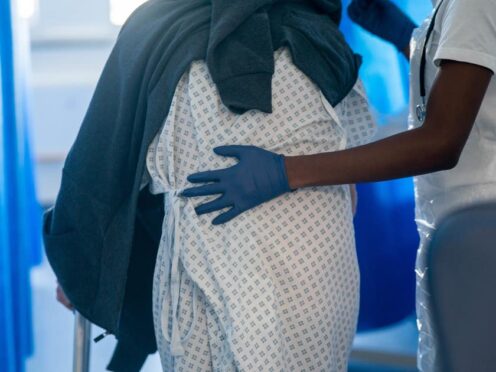
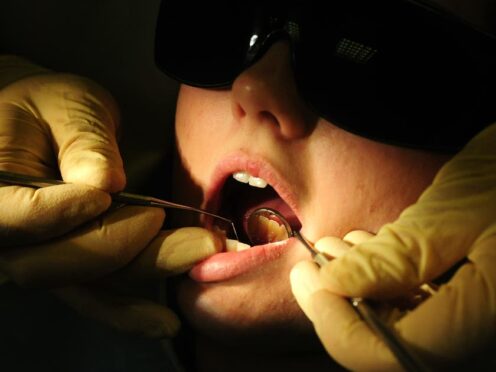
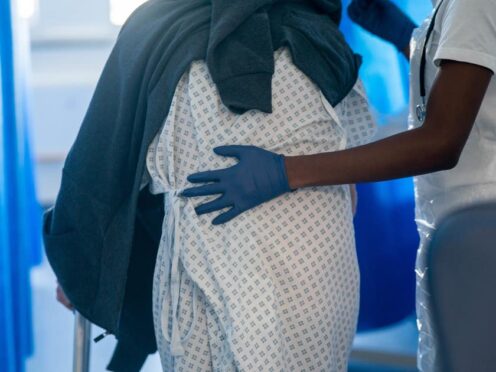

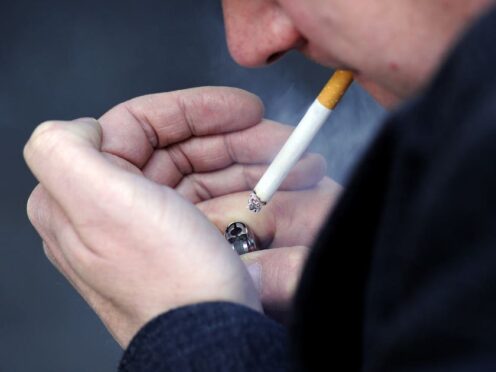
Conversation